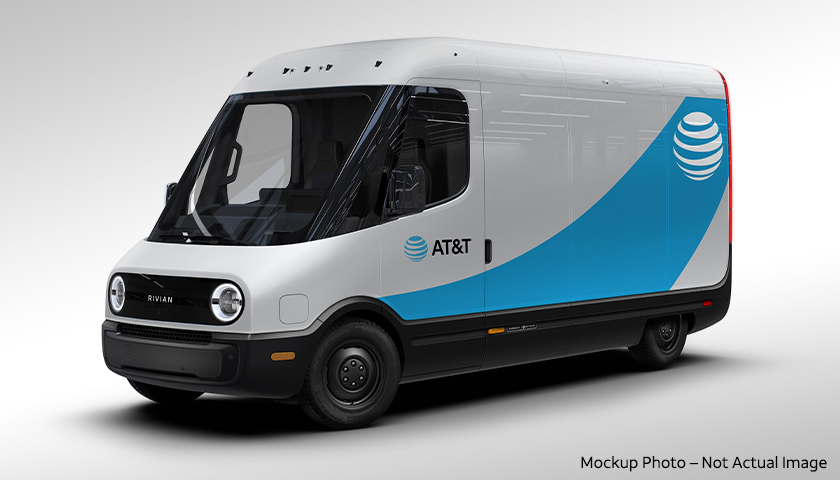Next week Americans across the country will sit down with their friends and families to celebrate Thanksgiving. Collectively, those families will also throw away an estimated 200 million pounds of turkey during the holiday, costing us $293 million as a nation. And that’s just one day!
But most food waste comes from supermarkets, restaurants, hotels, hospitals and arenas. Inedible turkey parts such as bones, and skins as well as vegetable stalks and stems, surplus ingredients, and extra pies never make it to a pot or plate.
What if all that turkey – along with the other 1.3 billion tons of wasted food each year – could be turned into clean energy and fertilizer instead?
Emerson is doing just that with its Grind2Energy food waste recycle solution, a device which turns food waste from commercial kitchens into a nutrient-rich slurry that can then be turned into natural gas and fertilizer, instead of being hauled to a landfill. To be successful in the marketplace, the Grind2Energy system had to be cost-competitive and efficient in the face of rising waste-hauling costs. To help increase scalability of the system and ensure even more food waste could be converted, Emerson turned to AT&T to integrate Internet of Things (IoT) solutions and robust reporting.
“Before we had the IoT, we physically had to send somebody out to tables in the markets, open up the control panel, pull the data down and jot down the water meter readings,” said Doug Brokaw, director of sales, Grind2Energy. “Everything was manual. Now we can see how the systems are performing and track the data so much more easily.”
In 2018, Grind2Energy helped its customers reduce the amount of food waste going to landfills by an estimated 7,400 tons– or nearly 1 million turkeys. This recycled food waste generated 1.3 million KWh of clean electricity – the equivalent of powering 125 homes for a year — and 420 tons of fertilizer.
Imagine if every industrial kitchen used this solution. The impact could really be something to be thankful for – during Thanksgiving and throughout the rest of the year.
Learn more about food waste by reading this case study and others like it here.



